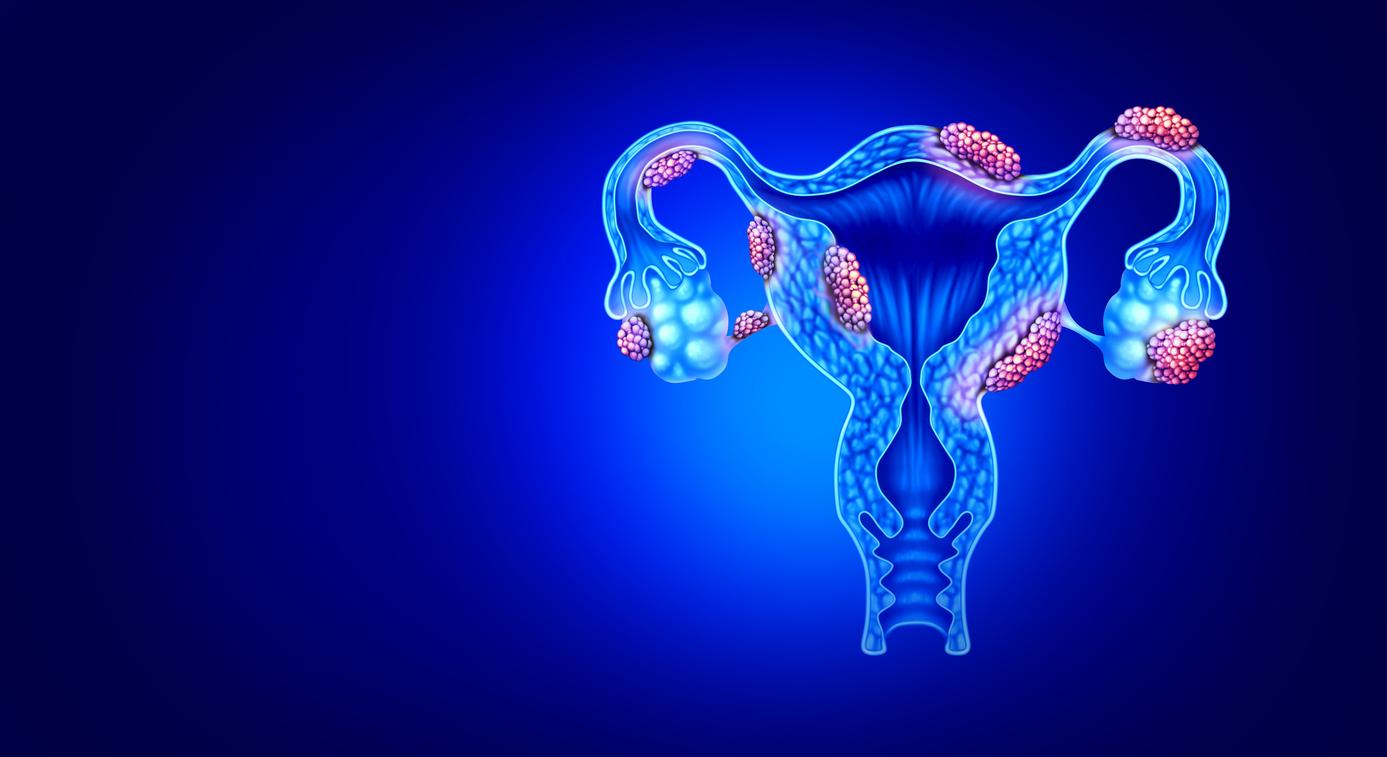Redheads are thought to have altered sensitivity to both pain itself and analgesics.

- Red-haired adults need 20% more general anesthesia to remain sedated.
- However, they are more sensitive to opioids, such as morphine and fentanyl.
- In these patients, the red variant of the MC1R gene, controlling the type and amount of pigment in hair, causes melanocytes to produce less of a substance called “POMC,” which is linked to pain sensitivity.
Whether at the dentist, the gynecologist or even the physiotherapist, certain medical procedures would be more painful for patients with red hair. This is what some research suggests. But do redheads really feel pain differently? This is the question that anesthetists from the University Hospitals of Oxford (England) wanted to answer. To find out for sure, they carried out a study published in the journal Anesthesiology and Perioperative Science.
Redheads need 20% more general anesthesia
For the purposes of their work, the specialists reviewed anecdotal reports from anesthesiologists and various research carried out on animals and humans. According to Jaideep Pandit, author of the study, a cohort analyzed showed that red-headed women were more sensitive to temperature-related pain and that lidocaine, a nerve blocker, was less effective in managing their pain than that of women with dark hair. Other research found that redheads were less sensitive to pain from electric shock than other people. Another observation: adults with red hair need 20% more general anesthesia to remain sedated and they also need more local anesthesia to not feel pain. However, data reveals that they are more sensitive to opioids, such as morphine and fentanyl.
“When rodents have less POMC, this increases their pain threshold”
“Through an experiment in mice, a central mechanism for this alteration in pain sensitivity was proposed, involving both the melanocortin and opioid receptor systems,” the team wrote. In detail, she studied mice carrying mutations in the melanocortin-1 receptor (MC1R) gene, which helps control the type and amount of pigment in hair, skin and eyes. The rodents also carried a variant for either red or black hair.
Researchers found a difference in pain threshold between red and black hair. According to them, the red variant of the MC1R gene causes the melanocytes of mice and, in theory, those of humans to produce less of a substance called “POMC”. The latter is divided into several hormones that affect sensitivity to pain and opioids by helping to control the activity of specific receptors. “When rodents have less POMC, this increases their pain threshold, increases their sensitivity to pain, and reduces their responsiveness to certain non-opioid analgesics while enhancing the effects of opioids,” has explained Jaideep Pandit.
Faced with confirmation of the link between red hair and pain, the team said it was possible that doctors could predict how a patient will respond to pain and painkillers by looking at their genes.

















